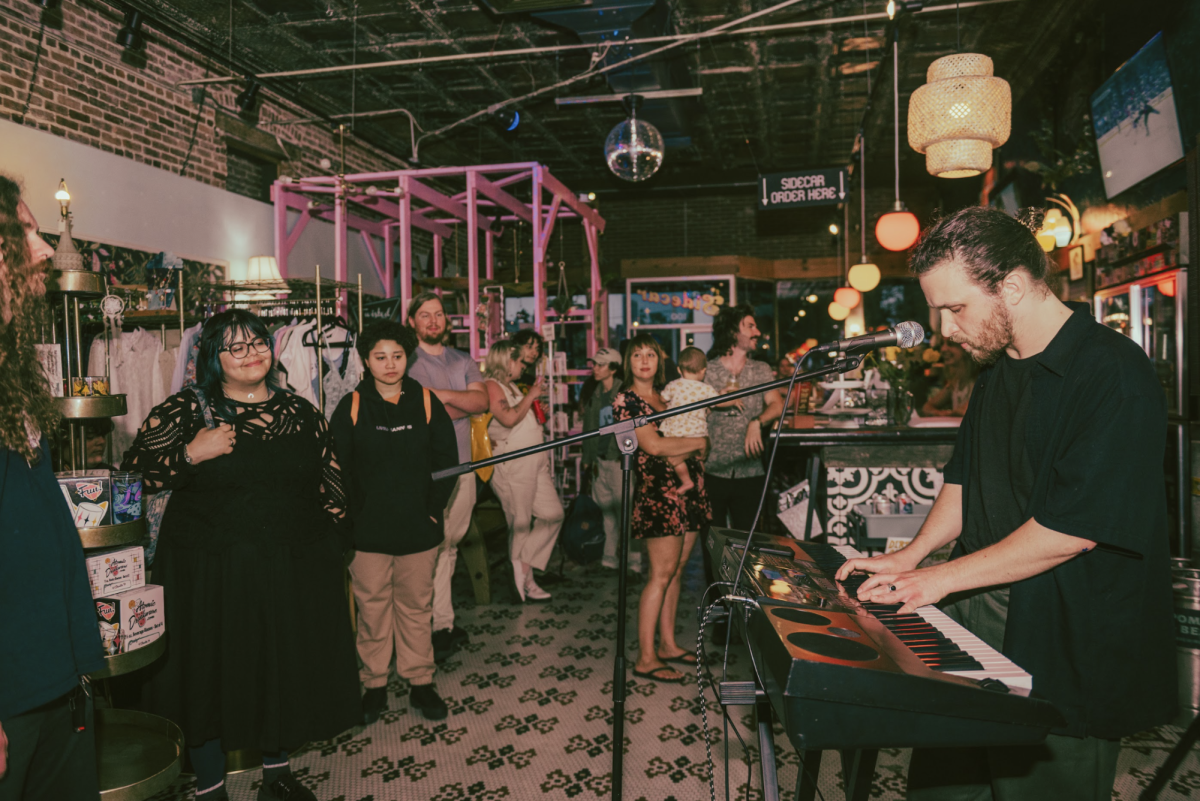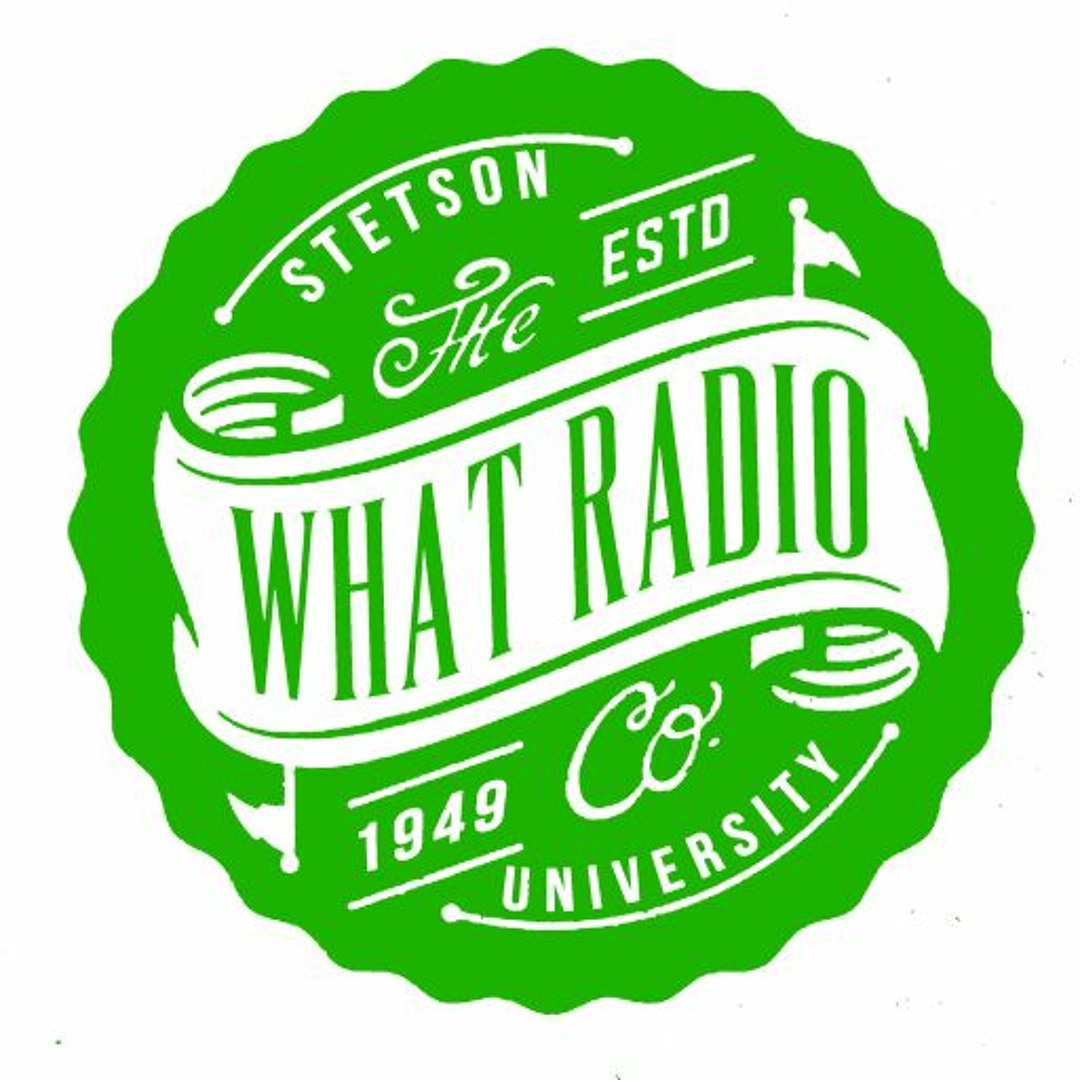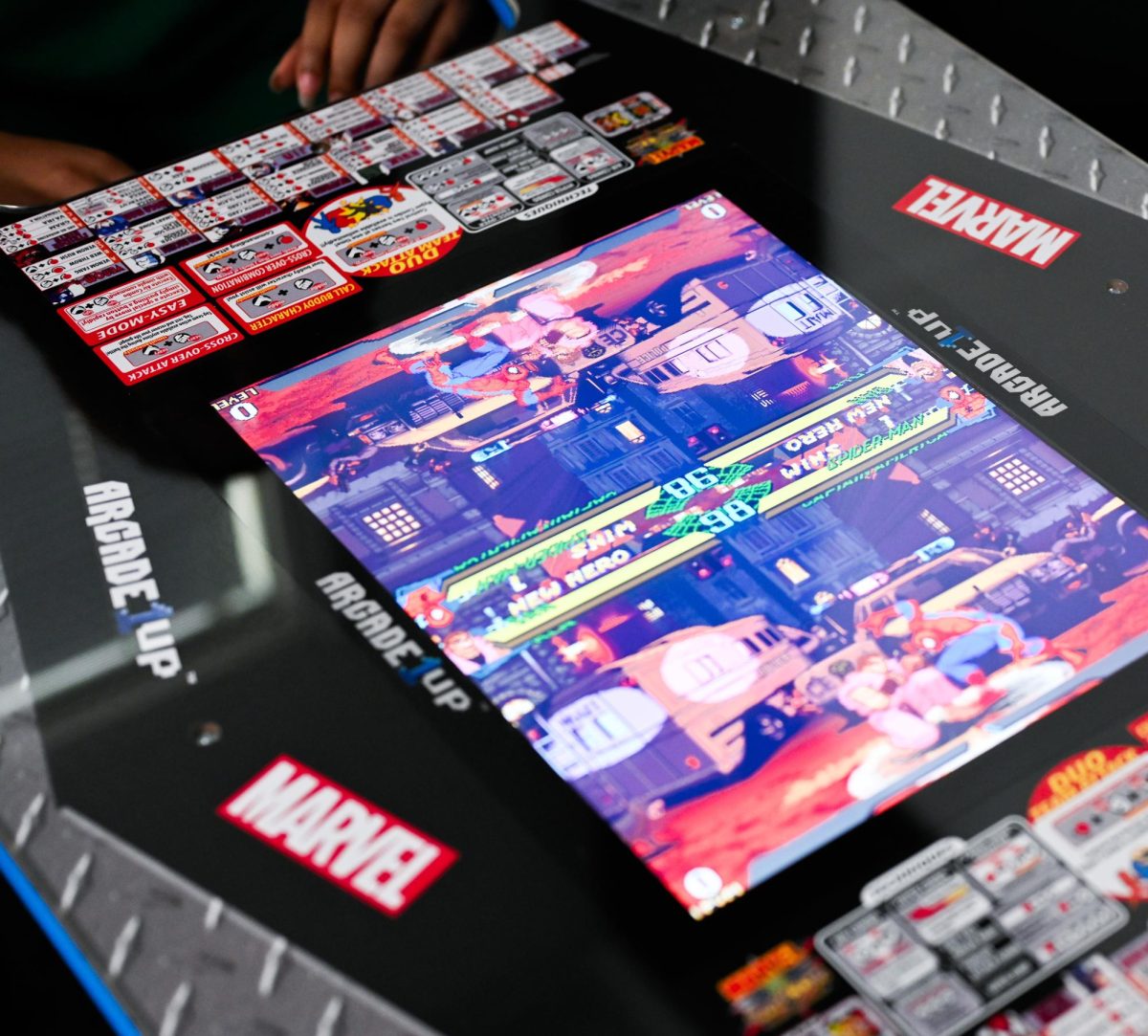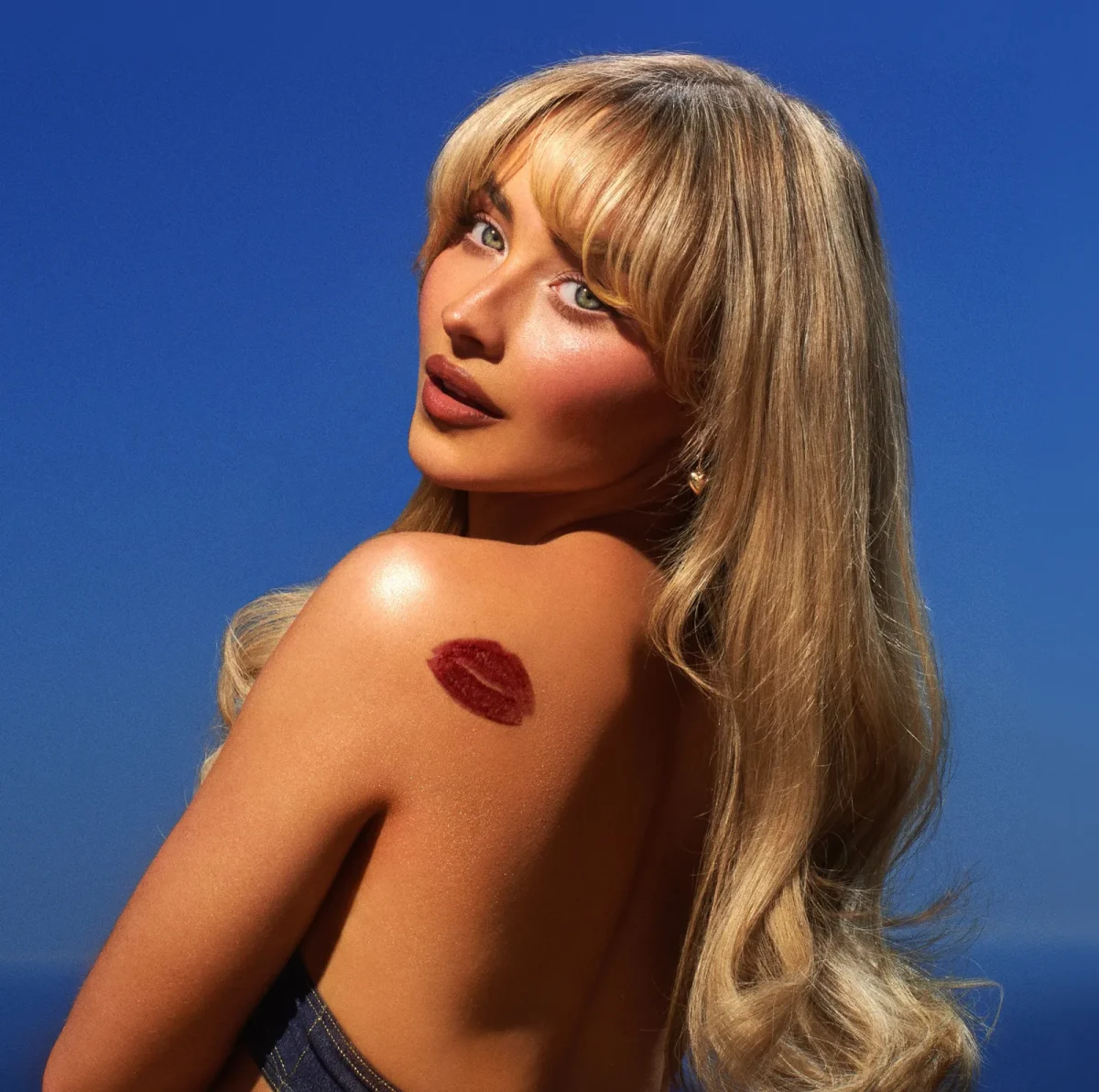For at least 4000 years, there are historical records of the existence of music. From its beginning, it has evolved not only as a form of art but also eventually into the leading entertainment market. In 2022, the music industry had a revenue of $26.2 billion, 67.0% of that cut coming from digital streaming platforms according to the International Federation of the Phonographic Industry (IFPI).
In a survey done on campus, 94.1% of the students who filled the survey listen to music every day, which is not a surprise. Every time you walk around campus you can see students doing homework or just sitting in the grass with headphones. 76.5% of said students listen to music on Spotify, and only 5.9% answered that they listen to music on physical copies in addition to Spotify and YouTube.
The way musicians have made a living has been changing along with the technological advances, but also alongside the growth of their individual fanbases– and the advances of the music industry extend beyond just streaming.
To better understand how exactly these changes are developing, I interviewed Stetson Adjunct Professor, Jon Oxford, who is a guitarist, composer and member of the Jazz Band. According to Oxford, the streaming platforms “provide an outlet to reach audiences that are limited in some way.”
Streaming isn’t the only thing that changed the way we consume music– social media has influenced us more than we probably are even aware. We see this when we get a YouTube advertisement with a recommendation of a song that is a part of the whole video clip with no form of publicity. 70.6% of the students polled marked down that they have bought a song or album based on a social media recommendation, and 35.3% said that they find promotional content on social media influential in their decision to listen to an artist’s music.
Social media has become the number one way of promoting new releases and concerts. According to the IFPI, record labels spend $5.8 billion on marketing and A&R, which is the division in charge of overseeing the development and engagement of artists. Musicians are becoming influencers; doing paid promotions as public figures, as well as getting paid for ads using their music. Music student Alexander Ortiz-Velez ‘24 said that “I definitely follow specific artists now because I can reach them through it [social media], I can get a lot of examples that I could not have gotten otherwise.”
Streaming, social media and the advances in technology have become a great tool for musicians to reach new audiences and have multiple sources of revenue. Though, these advancements have also made the market tougher; the music industry is oversaturated, making it tougher now to be successful than it was before. “Recording technologies have become so readily available and relatively cheap. For like, three thousand to five thousand bucks you can get a pretty nice recording. People like Billie Eilish, she records everything in her brother’s studio in her own house,” said Oxford.
When the pandemic hit, Stetson School of Music cancelled all the concerts they had scheduled for Spring 2020. When looking in the YouTube page for the School of Music, I noticed that after March 13, 2020 there were no more senior recitals, student recitals or ensemble performances. During the Fall of 2020, the school started doing online pre-recorded or live streamed concerts of mostly faculty performances, junior and senior recitals. When I started at Stetson, I was fully online, had no access to ensemble rehearsals, and had to watch my fellows online– but it was the closest thing to a normal concert I could attend. In addition to Stetson’s online recitals, I also watched some of my favorite artists doing concerts on Instagram live. I particularly was not a fan, but we did what we had to do as students and consumers to keep the ability to enjoy music. Ortiz-Velez talked about his experience with virtual concerts during his time at Stetson, “It felt odd. I started at the rock bottom of what the school had to offer. I didn’t know what was a better way of doing it.”
Online concerts have become quite popular with the advantages that they offer: they are less expensive since they require less staff, there is no need to rent large spaces and there is a better chance of communication through hat boxes and other features. However, virtual concert artists often struggle with audience engagement. In my experience, whenever I am watching an online concert, I give the same attention as when I am listening to music alone. Even so, without people in the audience, there is a lack of energy that is present in live performances due to the community nature of these events. Some musicians and concertgoers consider virtual concert experiences to be the beginning of the end to live performances, but Oxford explains that, “Music has always been communal, and I think people, whether or not they want to admit it, sort of crave that communal access to the arts” He added, “If there is no people, then there is no music, the whole point of music is to share”.
There have been biased opinions as to how music is being consumed today. Even so, whether it is in a Tik Tok video, a concert or a playlist on Spotify, we can all agree that music is present in our lives and it has become a must to keep calm.
















